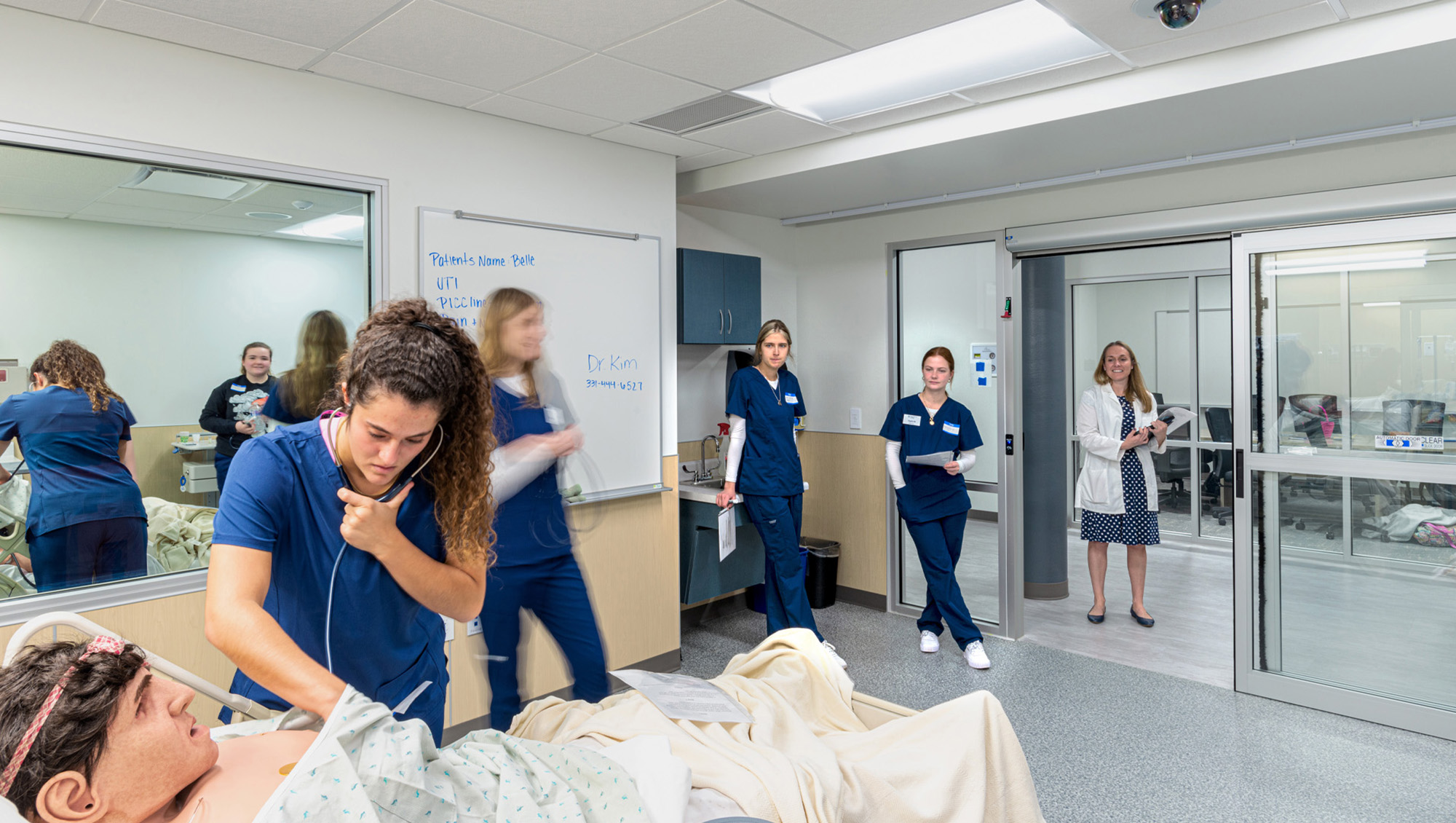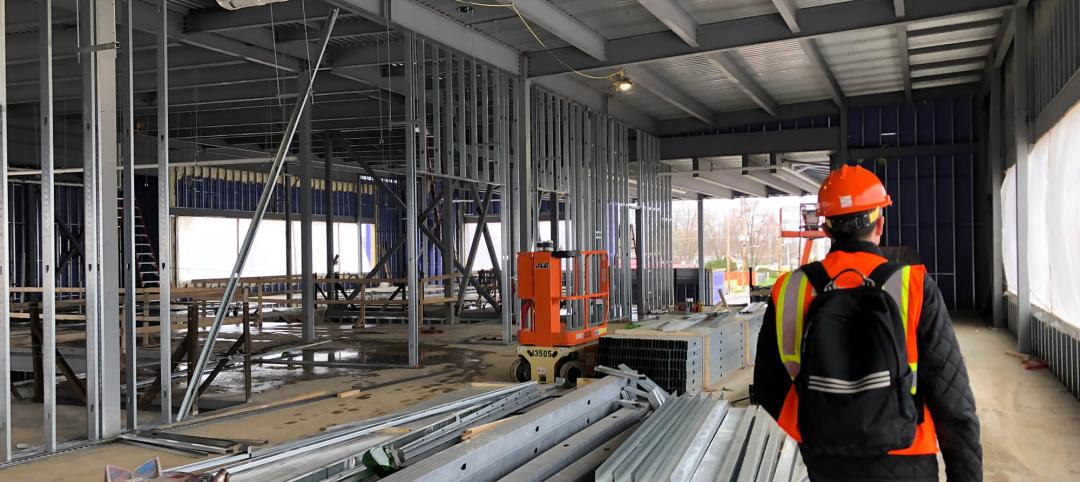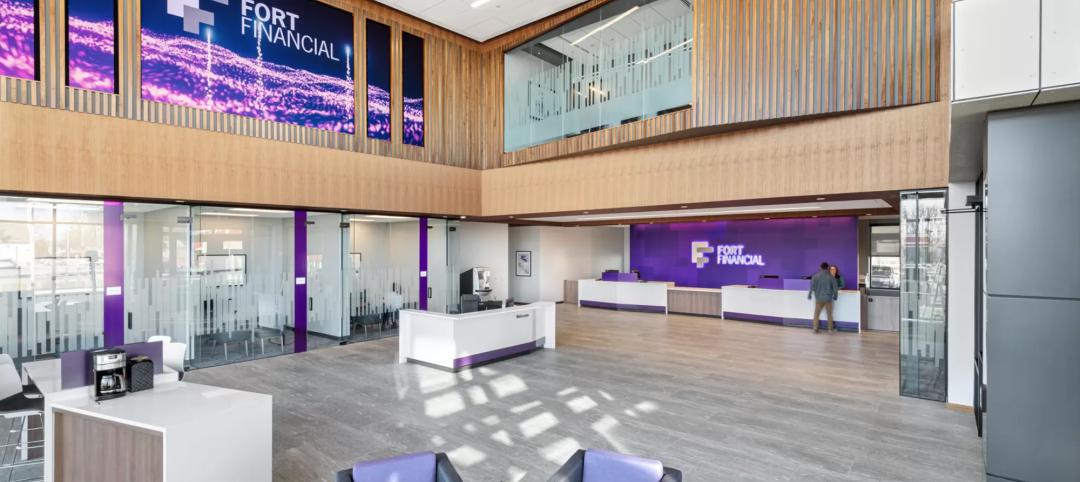In the middle of a mental health crisis, with a healthcare system that does not fully support the wide variety of psychiatric needs, hospital leaders and designers took their experience, perspectives, and creativity, rolled up their sleeves, and got to work to reconsider how patients with mental health needs could be best cared for. How then, can hospital workflows and departments be equipped to treat these patients? Two creative solutions were presented in the “Mind the Gap” session at the 2022 Healthcare Design Conference.
Complexity Intervention Units
Today’s patient populations are more complex than ever and are being admitted with primary and secondary diagnoses. The frequency in which one co-occurrence is a behavioral health issue led Froedtert Medical Center to create what they term a Complexity Intervention Unit (CIU). This is a department dedicated to patients presenting with a medical primary diagnosis but who have a secondary behavioral health diagnosis. For example, this could be a patient admitted for diabetic complications who also has schizophrenia.
The CIU has dedicated nursing staff specially trained for various workflows. The team of providers is built around the patient population, with physicians dual certified in behavioral health and internal medicine, for example.
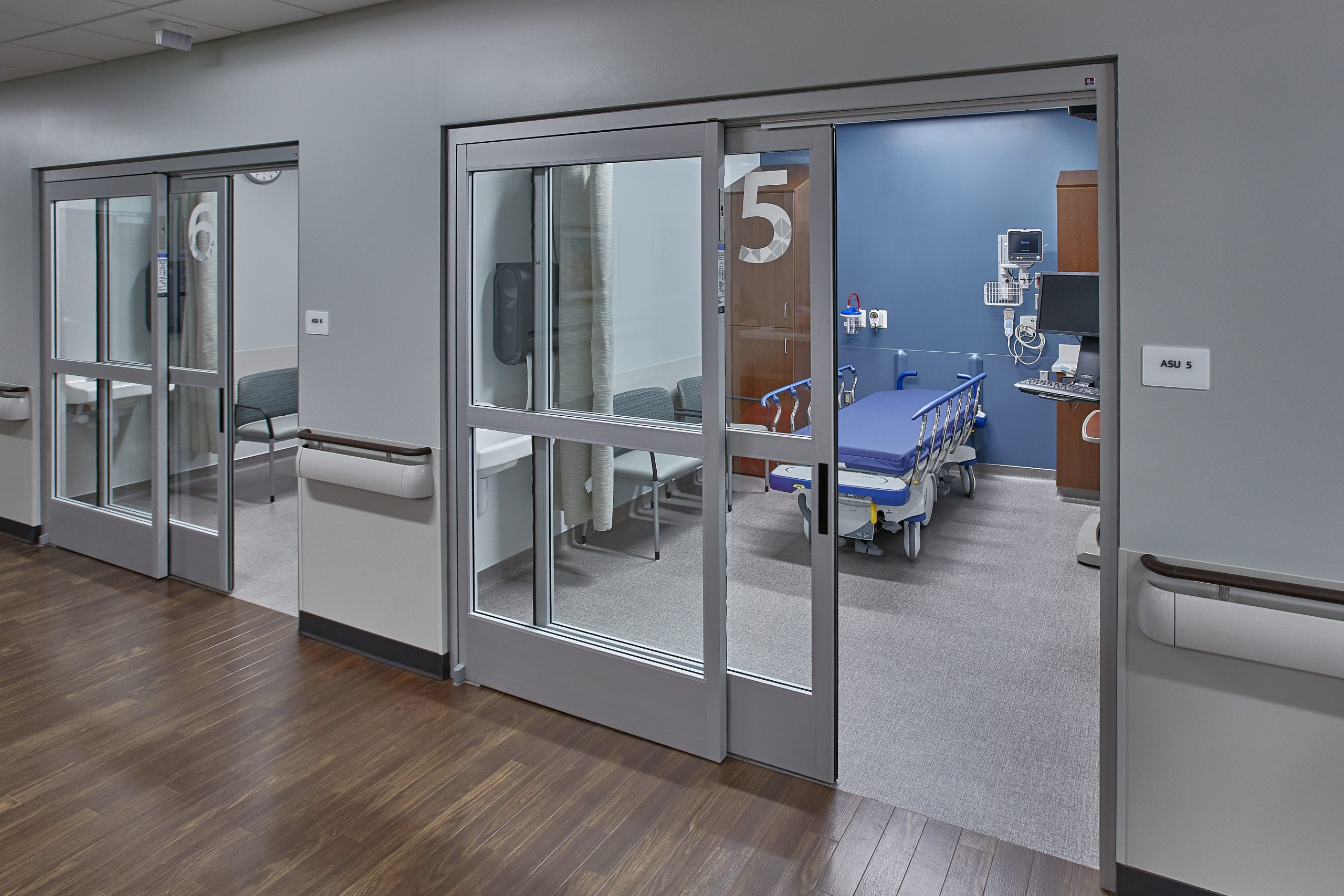
The CIU team serves as a Behavioral Intervention Response Team (BIRT) throughout the hospital, performing consults as a proactive tool for better patient outcomes. The department is licensed as a Medical Unit—not a Psychiatric Unit. Rooms are designed to be safer than a standard hospital room, but not as stringent as a Behavioral Health care unit. The CIU at Froedtert Medical Center provides concurrent care for medical and mental diagnosis. This reduces the patient stay and readmissions.
Other units within the hospital are relieved from the demands of concurrent mental health diagnosis—challenges which they are not always properly trained to handle. This is one example of a creative process and workflow to address the complex challenges of care for patient mental health in hospitals.
Behavioral-Friendly Rooms
Boston Children’s Hospital approached the demand for flexibility of access for co-occurring diagnosis another way. Rather than dedicating an entire unit, they have woven the space into existing units. Except for the ICU, each department has at least one behavioral-friendly room. This is a room designed to look like other rooms on the floor but integrates a level of safety for patients with a secondary mental health diagnosis.
The Behavioral Intervention Response Team goes to the units to provide specialty mental health care. Staff respite areas on every unit provide space for the BIRT and unit staff to connect. The patient rooms swing as regular rooms when the patient load demands it.
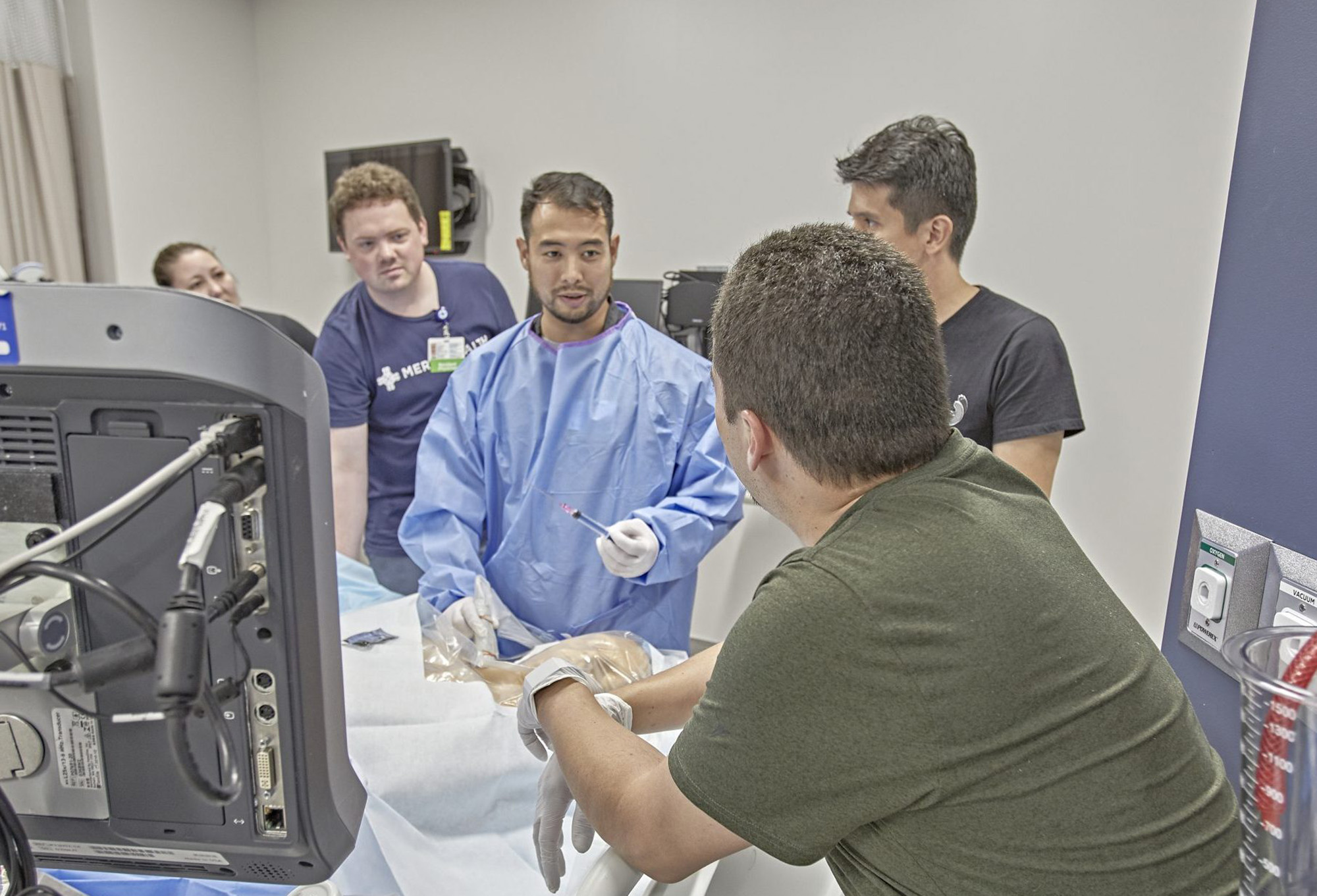
Years ago, the available anti-ligature products would make these rooms look and feel much different than a typical room. The pressure for non-institutional ligature resistant products has driven creativity in the industry, and we will continue to see marked improvements. With the goal of having behavioral-friendly rooms like regular patient rooms—this practice could be adopted universally. All patient rooms could have a higher level of safety. The care for co-occurring mental health conditions at Boston Children’s Hospital is incorporated into departments, and the workflows support this integration.
The healthcare system does not clearly address the frequency or nuances of patients with mental health needs.
Hospital staff understand that psychiatric episodes happen across all departments, and patients presenting with a medical diagnosis often have co-occurring behavioral conditions. Having the space, the team, and the workflow to properly care for the mental health of all patients creates better outcomes for the health of our communities.
With one in five Americans suffering from a mental illness each year, the demand is high. Froedtert Medical Center and Boston Children’s Hospital established two ways to treat the complexity of todays mental health needs.
More from Author
Design Collaborative | Oct 14, 2024
Higher education design for the first-gen college student
In this Design Collaborative blog, Yogen Solanki, Assoc. AIA, shares how architecture and design can help higher education institutions address some of the challenges faced by first-generation students.
Design Collaborative | Sep 16, 2024
Maximizing office square footage through ‘agile planning’
Lauren Elliott, RID, NCIDQ, Director of Interior Design, Design Collaborative, shares tips for a designing with a popular and flexible workspace model: Agile planning.
Design Collaborative | Aug 5, 2024
Mastering the art of project schedule: Expert insights on design and construction
We sat down with two experts in the design field, Ron Dick (Founding Partner and Architect) and Mike Niezer (COO and Architect), to talk about everything you need to know about the entire process.
Design Collaborative | Jul 1, 2024
Mastering office layouts: 5 primary models for maximum efficiency and productivity
When laying out an office, there are many factors to consider. It’s important to maximize the space, but it’s equally important to make sure the design allows employees to work efficiently.
Design Collaborative | Jun 3, 2024
Escalation: Predicting project costs in a volatile market
Thad Berkes, Chief Cost Estimator, Design Collaborative, shares that one of the major hurdles that Design Collaborative attempts to forecast for its commercial construction projects is escalation.
Design Collaborative | Mar 4, 2024
Illuminating your path to energy efficiency
Design Collaborative's Kelsey Rowe, PE, CLD, shares some tools, resources, and next steps to guide you through the process of lighting design.
Design Collaborative | Feb 1, 2024
Prioritizing water quality with the WELL Building Standard
In this edition of Building WELLness, DC WELL Accredited Professionals Hannah Arthur and Alex Kircher highlight an important item of the WELL Building Standard: water.
Design Collaborative | Jan 19, 2024
How to strengthen office design as employees return to work
Adam James, AIA, Senior Architect, Design Collaborative, shares office design tips for the increasingly dynamic workplace.
Design Collaborative | Dec 12, 2023
Transforming workplaces for employee mental health
Lauren Elliott, Director of Interior Design, Design Collaborative, shares practical tips and strategies for workplace renovation that prioritizes employee mental health.
Design Collaborative | Nov 2, 2023
3 fundamental steps to crafting the ideal branch
Jared Monce, AIA, Architect, Design Collaborative, shares three guidelines when designing branches for financial institutions.

